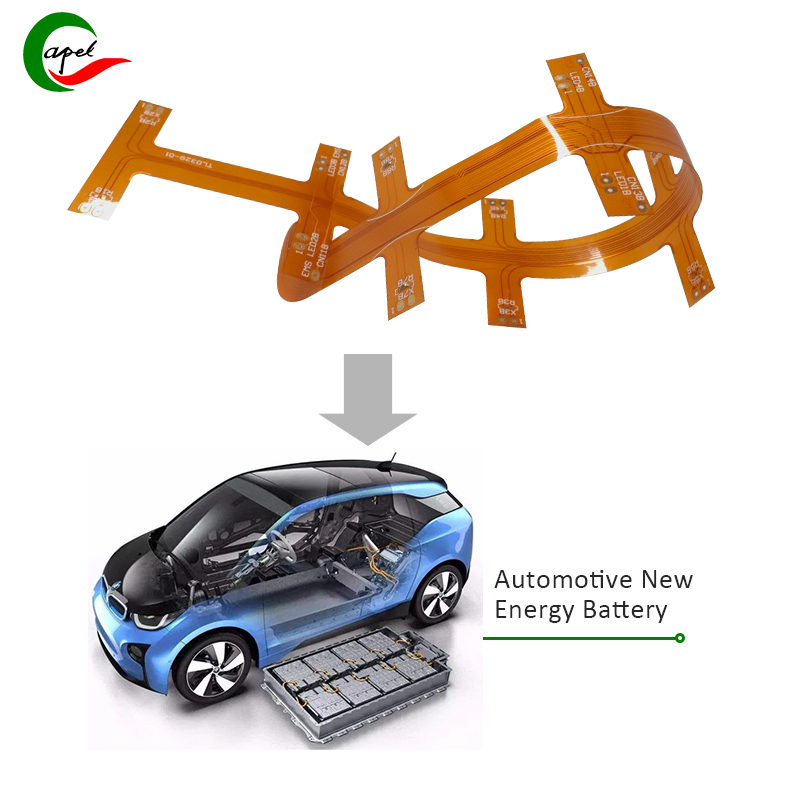In today’s rapidly evolving technological environment, the demand for renewable energy has never been higher. Governments and businesses around the world are adopting renewable energy systems as a sustainable solution to combat climate change and reduce dependence on fossil fuels. Achieving maximum efficiency and reliability in these systems requires the use of cutting-edge technologies, one of which is rigid flex circuit boards.
Rigid-flex circuit boards, also known as flex circuits, are a combination of rigid and flexible printed circuit boards. These unique circuit boards offer the rigidity of traditional rigid circuit boards and the flexibility of flex circuits, resulting in the best of both worlds. They are created by laminating multiple layers of flexible circuits with rigid materials, providing a robust and adaptable solution for a variety of applications.
Renewable energy systems often require complex electronic components to function optimally. Whether capturing solar energy, converting wind energy or harnessing geothermal energy, these systems rely on advanced electronics for efficient energy conversion and management. Rigid-flex circuit boards have proven to be ideal for such demanding applications. Let’s dig deeper into why these boards are perfect for renewable energy systems:
1. Space optimization: One of the significant advantages of rigid-flex circuit boards is their ability to minimize space requirements. Renewable energy systems often involve a large number of electronic components and sensors that need to be interconnected. Rigid-flex circuit boards enable three-dimensional designs, making efficient use of available space and easing installation challenges.
2. Enhanced reliability: Renewable energy systems are often installed in harsh environments, including extreme temperatures, vibration, and moisture. Rigid-flex circuit boards offer exceptional reliability and ability to withstand these challenging conditions. The combination of rigid and flexible materials ensures that these boards can withstand mechanical stress, reducing the risk of failure and improving overall system performance.
3. Improved Thermal Management: Efficient thermal management is critical for renewable energy systems as it helps prevent overheating and extends the life of electronic components. Rigid-flex circuit boards can be designed to incorporate heat sinks, thermal vias, and other cooling technologies to promote efficient heat dissipation. This thermal management capability is particularly valuable for systems like solar panels that generate large amounts of heat during the energy conversion process.
4. Cost-Effectiveness: While rigid-flex circuit boards may have a higher upfront cost than traditional rigid boards or flex circuits, they often result in long-term cost savings. Due to their compact design and increased reliability, these boards reduce the need for additional components and complex wiring. This simplified approach reduces the manufacturing costs, installation time and maintenance requirements of renewable energy systems.
5. Design customization: Every renewable energy system is unique and has specific requirements and limitations. Rigid-flex circuit boards offer unparalleled design flexibility, allowing engineers to customize their layout to meet specific system needs. This customization optimizes performance and enhances the integration of various components, thereby increasing overall system efficiency.
6. Durability and flexibility: Renewable energy systems often involve moving or rotating parts, such as wind turbines or solar tracking systems. Rigid-flex circuit boards have the unique ability to withstand repeated bending and bending without affecting their functionality. This durability ensures uninterrupted power flow, even in dynamic environments, guaranteeing continuous power generation.
As renewable energy sources continue to expand, the need for advanced electronics in these systems will only increase. Rigid-flex circuit boards offer a technological solution that can effectively address the challenges encountered in renewable energy systems. Their versatility, reliability and ability to optimize space and thermal management make them ideal for these demanding applications.
In summary, there are many benefits to using rigid-flex circuit boards in renewable energy systems. These boards excel in space optimization, enhance reliability, improve thermal management, demonstrate cost-effectiveness, allow design customization, and demonstrate durability and flexibility. By leveraging the capabilities of rigid-flex circuit boards, renewable energy systems can achieve greater efficiency, longer service life, and environmental sustainability.
Post time: Oct-08-2023
Back







